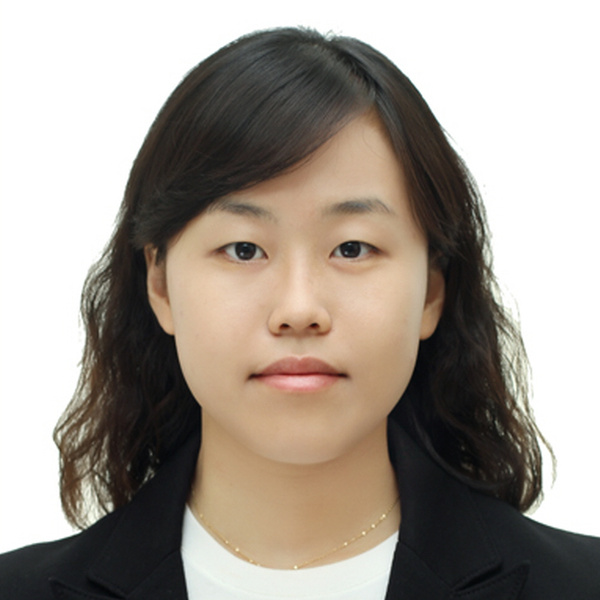
Ms. Jinyoung Je
Ph.D. candidate
Seoul National University
Ms. Jinyoung Je's research background is energy resources engineering. She has been interested in mineral processing and recycling process of gangue mineral or waste electrical and electronic equipment since she was an undergraduate student, and I graduated from Seoul National University with first-class honors. To study specifically on my interests, she is doing her Ph.D. in Energy Resources Processing Laboratory, SNU.
Her research topic is simulation of froth flotation using Smoothed Particle Hydrodynamics (SPH), which is one of mesh-free Lagrangian computational fluid dynamics (CFD) methods. Froth flotation plays an important role in broad fields not only mineral processing but also paper recycling and waste water treatment. In comparison with other traditional CFD methods, SPH can easily treat complicated systems which include free surface, moving interface, or large deformation. Based on this importance and advantages, I will produce meaningful results on this field to contribute to both academic and industrial development.
Froth flotation plays an important role in broad fields such as mineral processing, paper recycling, and waste water treatment. It is the physico-chemical separation process that utilizes the difference in surface properties of the valuable minerals and the unwanted gangue minerals. Adhesion of mineral particles to bubble surface is a fundamental and important step in froth flotation. In the past, operation of froth flotation relied on experimental data and plant experience, but recently, a mathematical model for the flotation process has been developed by considering bubble-particle interactions including three sub-processes: bubble-particle collision, attachment, and detachment. The kinetic equation is described with the rate of number change which is calculated by the multiplication of probabilities of each sub-processes.
For the first step, induction time was simulated. Induction time, an important factor in adhesion process of mineral particles to bubble surfaces, has been determined only by experimental methods which are time-consuming and costly to measure. The aim of this study was to introduce a numerical approach to describe bubble-particle attachment by determining the induction time using smoothed particle hydrodynamics (SPH). Most notably, the numerical results showed that our SPH model can successfully simulate a dynamic process of the bubble-particle attachment in the context of the kinetic time. Both the scale and the dependence of the induction time on different bubble sizes were found to agree well with the experimental results. This approach thus can be the stepping stone for modeling attachment probability and can be further employed for the multi-scale modeling of the froth flotation.